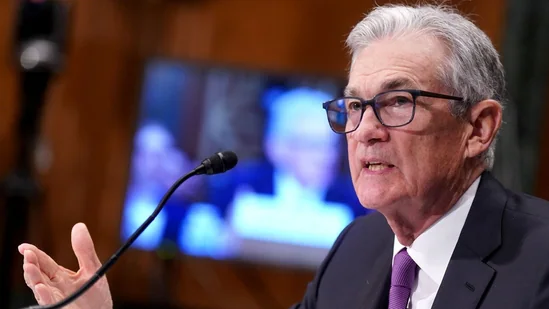In the complex realm of economic policy, few institutions carry as much weight and wield as much influence as the United States Federal Reserve, often referred to as the Fed. Established in 1913 in response to recurring financial panics, the Fed has evolved into a cornerstone of the global economic system, charged with a dual mandate of fostering maximum employment and maintaining stable prices. This comprehensive analysis delves into the functions, structure, tools, and significance of the Federal Reserve System, exploring its role in steering the world’s largest economy through tumultuous waters.
Origins and Evolution
The Genesis of Economic Stewardship: Tracing the Roots of the Federal Reserve From Chaos to Stability: How the Fed Emerged from the Ashes of Financial Crises Evolution of Mandates: Shifting Priorities and Expanded Responsibilities over Time

Structure and Governance
The Federal Reserve System: Anatomy of America’s Central Bank Board of Governors: The Nerve Center of Monetary Policy Decision-Making The Federal Open Market Committee (FOMC): Engine Room of Monetary Policy Regional Federal Reserve Banks: Decentralization and Representation Chairperson’s Role: Public Face and Policy Architect
Functions and Responsibilities
Monetary Policy: Fine-Tuning Interest Rates to Achieve Macroeconomic Objectives Regulatory Oversight: Safeguarding Financial Stability and Consumer Protection Payment Systems: Facilitating the Flow of Money and Transactions Emergency Lending: Crisis Management and Systemic Risk Mitigation Research and Analysis: Illuminating Economic Trends and Policy Implications
Tools of Monetary Policy
Interest Rates: The Fed’s Primary Lever for Economic Stimulus or Restraint Open Market Operations: Buying and Selling Securities to Influence Money Supply Reserve Requirements: Controlling Banks’ Ability to Lend and Create Money Discount Window Lending: Providing Liquidity to Financial Institutions in Need Forward Guidance: Communicating Policy Intentions to Shape Market Expectations
Challenges and Controversies
Navigating Uncharted Waters: Adapting Monetary Policy to Unprecedented Economic Realities Political Independence vs. Accountability: Striking a Delicate Balance Critiques of Effectiveness: Debates Over the Efficacy of Fed Interventions Transparency and Communication: Balancing the Need for Clarity with Market Dynamics
Global Impact and Interconnectedness
Spillover Effects: How Fed Policy Ripples Across International Markets Global Reserve Currency: The Dollar’s Dominance and Its Implications Coordination with Other Central Banks: Collaboration in Times of Crisis Challenges of Globalization: Addressing Cross-Border Financial Flows and Risks
Emerging Trends and Future Prospects
Technological Disruption: Harnessing Innovation While Mitigating Risks Climate Change and Sustainability: Integrating Environmental Considerations into Policy Inequality and Inclusivity: Addressing Socioeconomic Disparities Through Monetary Policy Demographic Shifts: Aging Populations and Their Implications for Economic Policy
The Federal Reserve stands as a linchpin of economic stability and prosperity, wielding immense influence over the trajectory of the US economy and exerting a significant impact on global financial markets. As the economic landscape evolves and new challenges emerge, the Fed’s ability to adapt and innovate will remain crucial in fulfilling its mandate and safeguarding the well-being of future generations. Through a judicious combination of policy tools, institutional collaboration, and forward-looking vision, the Federal Reserve continues to navigate the ever-changing currents of the global economy, guided by its enduring commitment to stability, growth, and prosperity.
